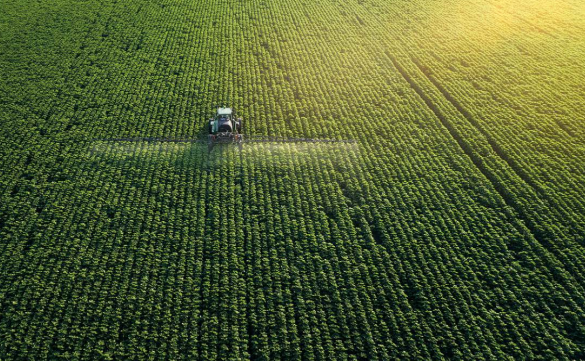The European agriculture sector loses an average of €28bn annually due to adverse weather, with losses projected to exceed €40bn per year by 2050 under business-as-usual emissions scenarios, according to a report by the European Investment Bank and the European Commission.
Among its key findings, the report found that current annual average losses from climate risk – including drought, precipitation, hail and frost – equate to 6.4% of EU crop yields, rising to over 10% in the worst years. By 2050, in a catastrophic year, EU-wide crop and livestock losses could exceed €90bn; a 40% increase driven by climate change.
Drought accounts for over 50% of total agricultural losses and poses the greatest threat across all EU regions, while increasing attritional losses from frequent smaller events will add further pressure on farmers’ yields and profits and produce fewer ‘good years’ in which to build or maintain reserves.
EU level data masks significant country variations. In the coming decades, projected catastrophic losses could reach €20bn in Spain and Italy alone, with smaller economies in Central and South-Eastern Europe facing agricultural losses exceeding 3% of their GDP in extreme loss years.
Featuring recommendations from Howden, the study – Insurance and Risk Management Tools for Agriculture in the EU – provides a financial and risk-based assessment of how climate change is impacting European agricultural production across the 27-nation EU. It found that only 20-30% of climate-related losses are insured via public, private or mutual systems, including by Europe’s Common Agricultural Policy. These averages mask stark disparities in crop and livestock insurance protection across EU Member States, including many cases where protection is non-existent.
To reduce systemic risk and limit economic shocks to farming communities and public finances, the report recommends streamlining data to enhance risk management, EU adoption of a suite of advanced risk-transfer mechanisms, including catastrophe bonds and public-private reinsurance arrangements, and scalable climate adaptation measures.
It also recommends that the EU scales up adoption of reinsurance and catastrophe bonds to protect EU budgets and provide pre-arranged, rapid-response funding when disasters strike, enabling faster recovery for farming communities.
Luigi Sturani, CEO, Howden Europe, said: “Climate volatility is placing growing pressure on farmers and ultimately consumers. This report provides a clear call to action for EU agriculture and local governments to adapt. More robust forms of climate finance and establishing consistent risk quantification are essential to accelerating adaptation and ensuring future insurability of this essential sector.”
Printed Copy:
Would you also like to receive CIR Magazine in print?
Data Use:
We will also send you our free daily email newsletters and other relevant communications, which you can opt out of at any time. Thank you.











YOU MIGHT ALSO LIKE